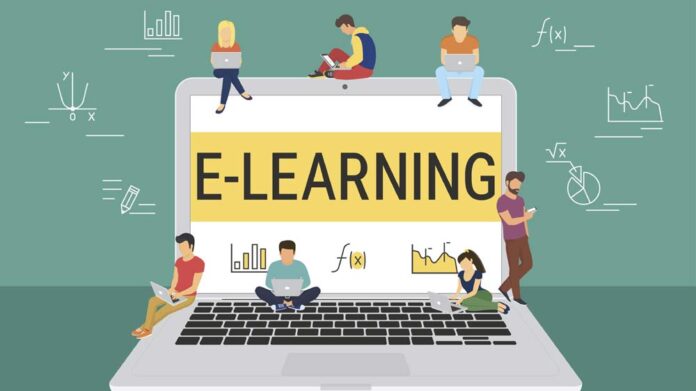According to Forbes, it has been predicted that by 2025 the e-learning market will be worth $325 billion. It is not a surprise that many start-ups are making an entry to the Ed-tech industry with their innovative ideas and unique features.
What makes e-learning platforms like Coursera and Udemy succeed is their ability to turn their billion dollar ideas into reality through a reliable platform.
Flexibility to access online lessons anytime and anywhere, the option of self-paced learning and the low costs of the online programmes in comparison to the offline ones is what attracts students to E-learning websites.
This article is a comprehensive guide on how to build a successful e-learning website.
Types of E-Learning Platforms:
There are essentially two broad types of models when it comes to E-learning platforms:
- E-learning websites that partner up with industry experts or well-known educational institutions such as coursera and Masterclass.
- E-learning platforms that allow anyone who is familiar with a certain topic or industry can create their own courses such as Udemy and Udacity.
Essential features of an E-learning Platform:
Now that you know about the types of E-learning platforms, it is important to know what essential set of features you need to include in your E-learning platform. Depending on the features you decide to include, you can determine the cost of building an e-learning website from scratch.
Here is a list of the basic features you can start with:
- User profile and Authentication: It is important that there is an authentication process for all the users be it students or instructors, to undergo before creating a profile on your E-learning website. The most common way is using a password + email/phone number combination. Allowing users to sign in using their social media profiles such as Facebook and Google Plus makes it convenient and faster for them to join.
A Student’s profile must contain the following details:
- Profile Picture and user name
- List of courses (Both ongoing and completed)
- Details about certificates/credits
- Their purchase History
- A setting page
An Instructor’s Profile must contain:
- Instructor info (Their qualifications and industry or establishment they represent)
- List of all the courses added by them
- An Extensive Filter System: E-learning platforms are filled with courses related to various industries. Without any search filters, it can be difficult for users to find relevant programs. It is important to have an extensive search filter system for your e-Learning website. You need to have a search bar wherein the user can enter keywords, choose from the main categories of courses and apply filters (such as language, price, level and so on).
- Main Dashboard: The main dashboard must be designed in such a way that it displays the progress made by students and instructors. By going to the dashboard, the users can keep a track of their progress and get useful insights. While, students can check the number of courses they have enrolled in and track the courses they have completed on their dashboards. Instructors can check the courses they added and the reviews/ ratings they received on their dashboards.
- Course Pages: Most courses include videos, podcasts, notes, worksheets, reading materials and so on. The course page must contain:
- A brief overview of the course
- Information about the instructor/instructors
- List of the modules/sub-topics
By displaying reviews and ratings on the course page, newcomers can easily know if the course will be good and useful for them
- Payment Process: If your e-learning platform offers paid courses, it is important to make it easier for students to pay and the instructors to collect their earnings on the site. Make sure students have access to secure payment methods. The most common methods of payment include:
- PayPal/G-pay
- Debit/Credit Cards
- Course adding/Editing Page: E-Learning platforms will remain empty, if there aren’t any new courses being added to the website. Make sure you provide instructors tools for creating courses, editing them and adding extra materials to courses such as worksheets, reading materials, external links and so on.
- Reminders and Notifications: You can advertise new courses and inform your users about their pending lessons/assignments. The golden rule is to not bombard users with notifications and reminders. Send timely reminders to your users and use a variety of channels including e-mail, mobile notifications, social media ads and so on.
- Admin panel: Last but not the least, you need to include an admin panel for your administrators to manage and monitor the users and the content being uploaded on to the website.
In addition to developing the above features for your E-learning platform, you need to study your target audience well and find an IT team or outsource your E-learning platform web development project to a custom software development company like westagilelabs, this can help you make your website more attractive. Make sure you reach out to the right instructors or universities for adding quality courses and content to your E-learning platform.








![Avast Driver Updater Key 2022 | Activation Key V2.5.9 [Free]- Avast Driver Updater Key 2021](https://vintank.com/wp-content/uploads/2021/02/Avast-Driver-Updater-Key-2021-100x70.jpg)
![Avast Premier Activation Code and License Key [Working] Avast Premier Activation Code and License Key](https://vintank.com/wp-content/uploads/2021/09/Avast-Premier-Activation-Code-and-License-Key-100x70.jpg)
